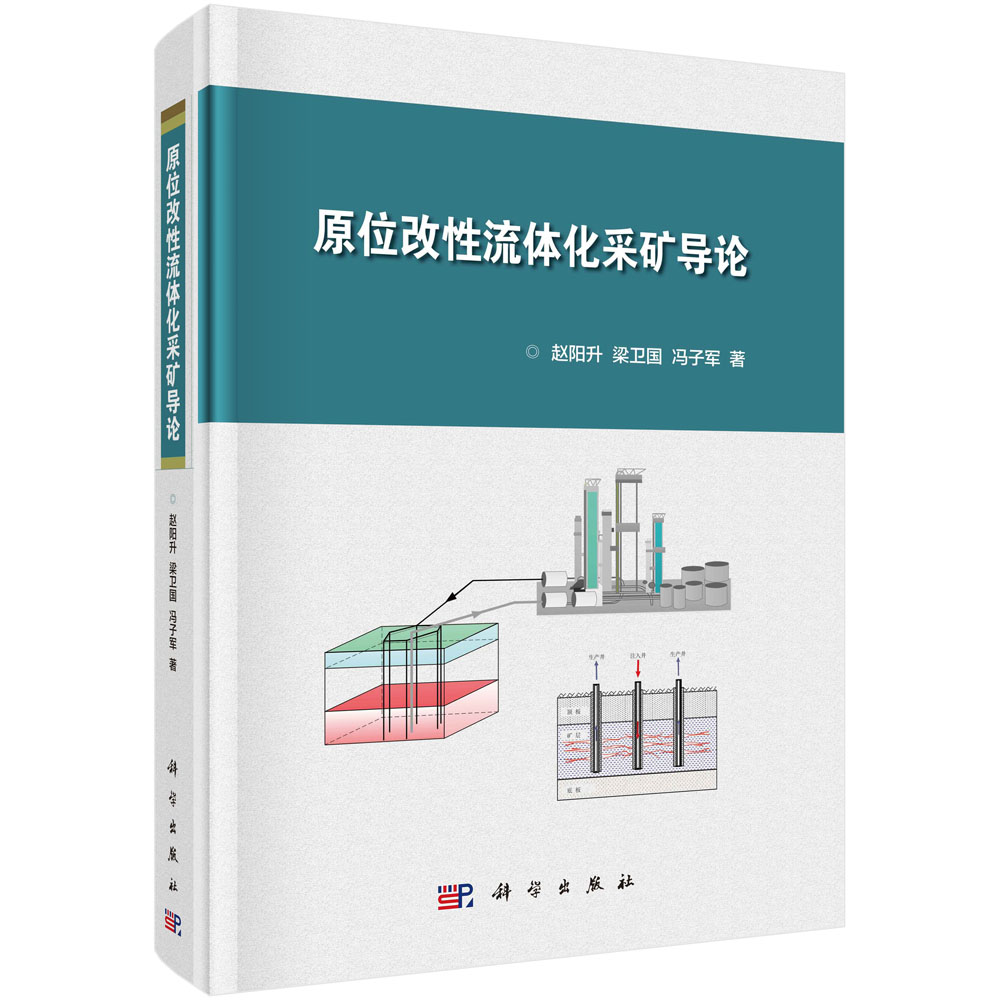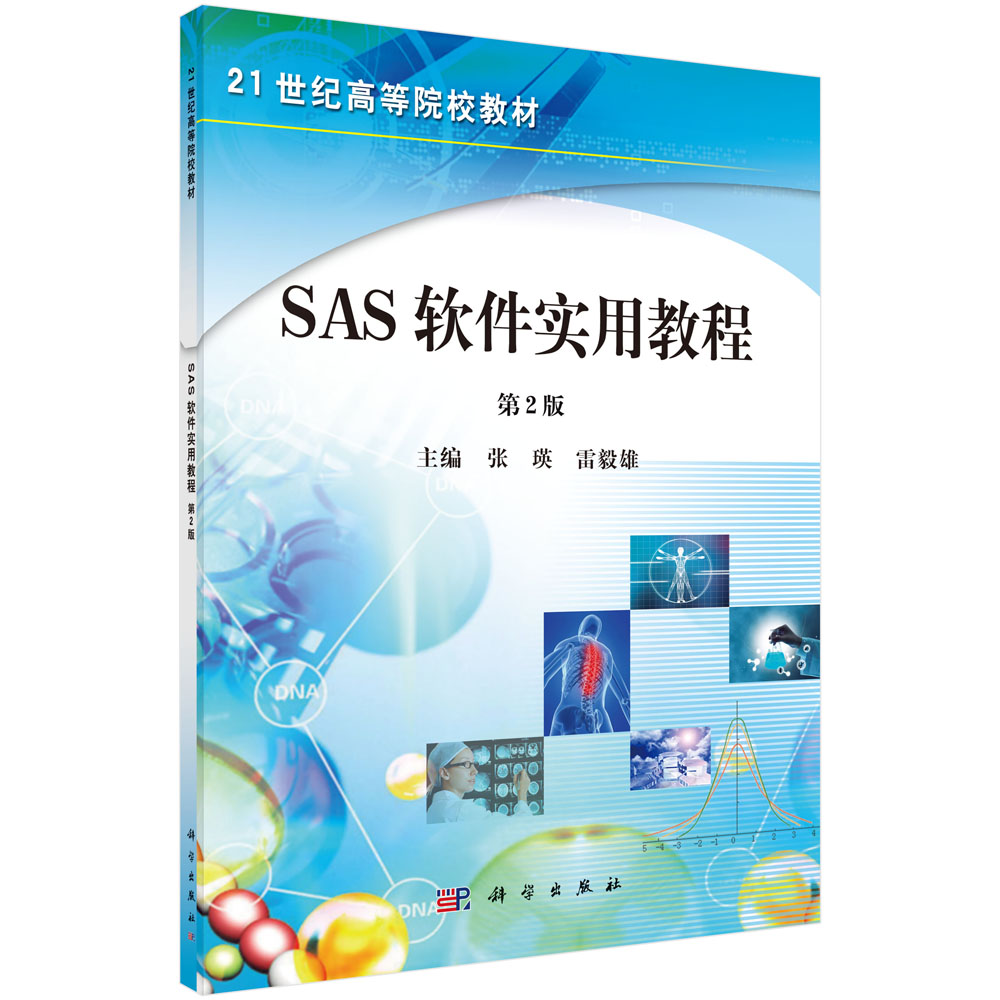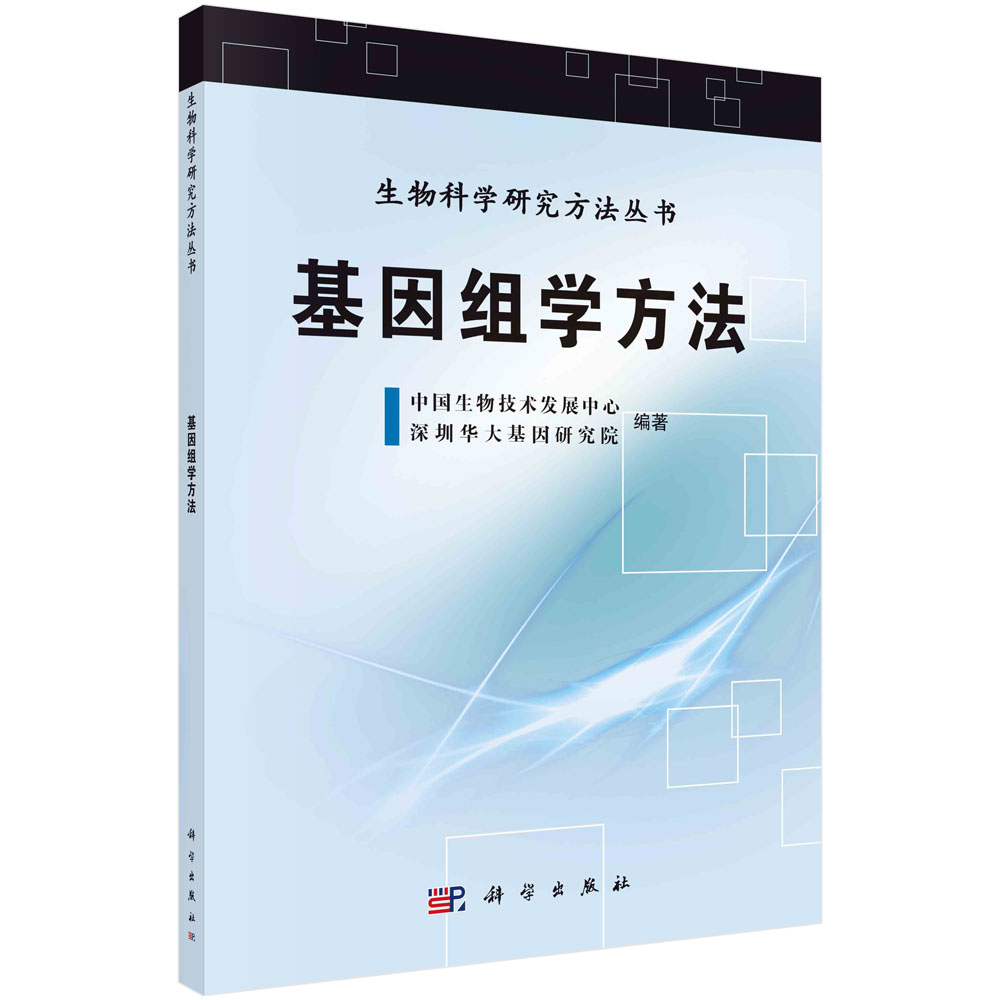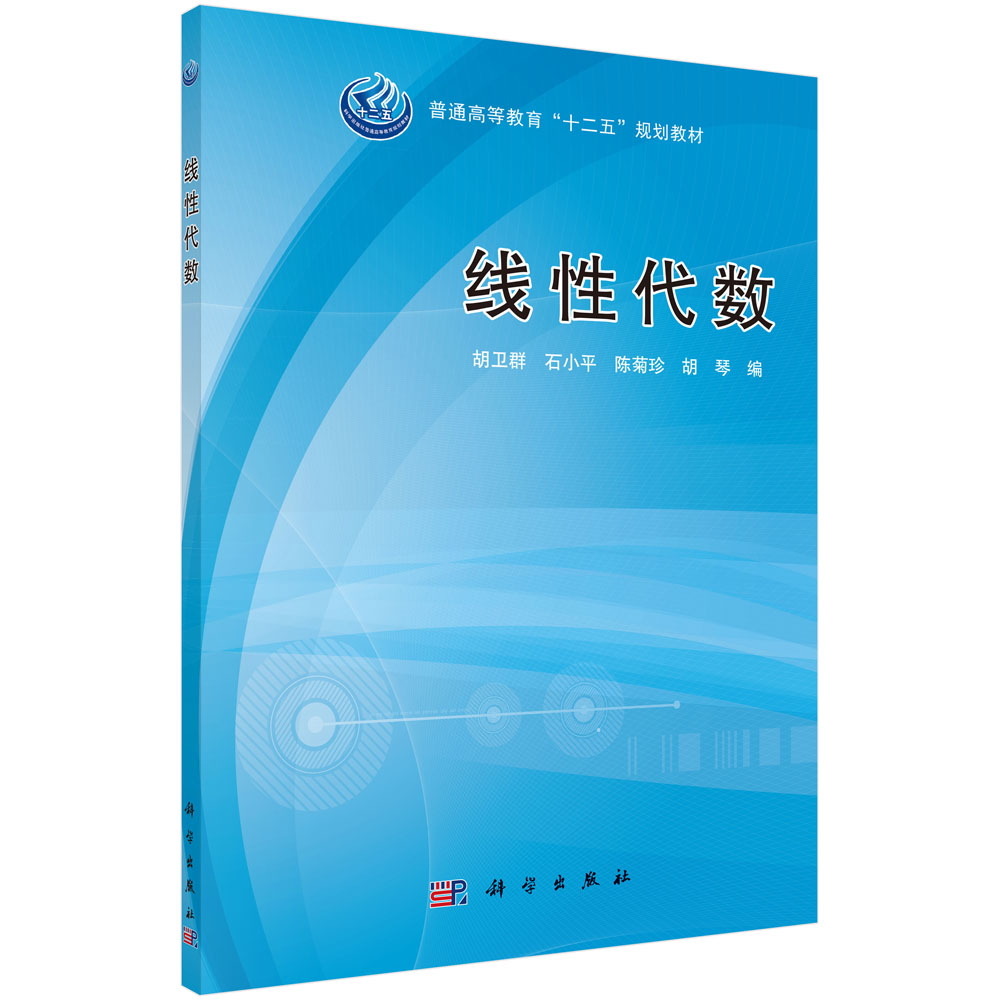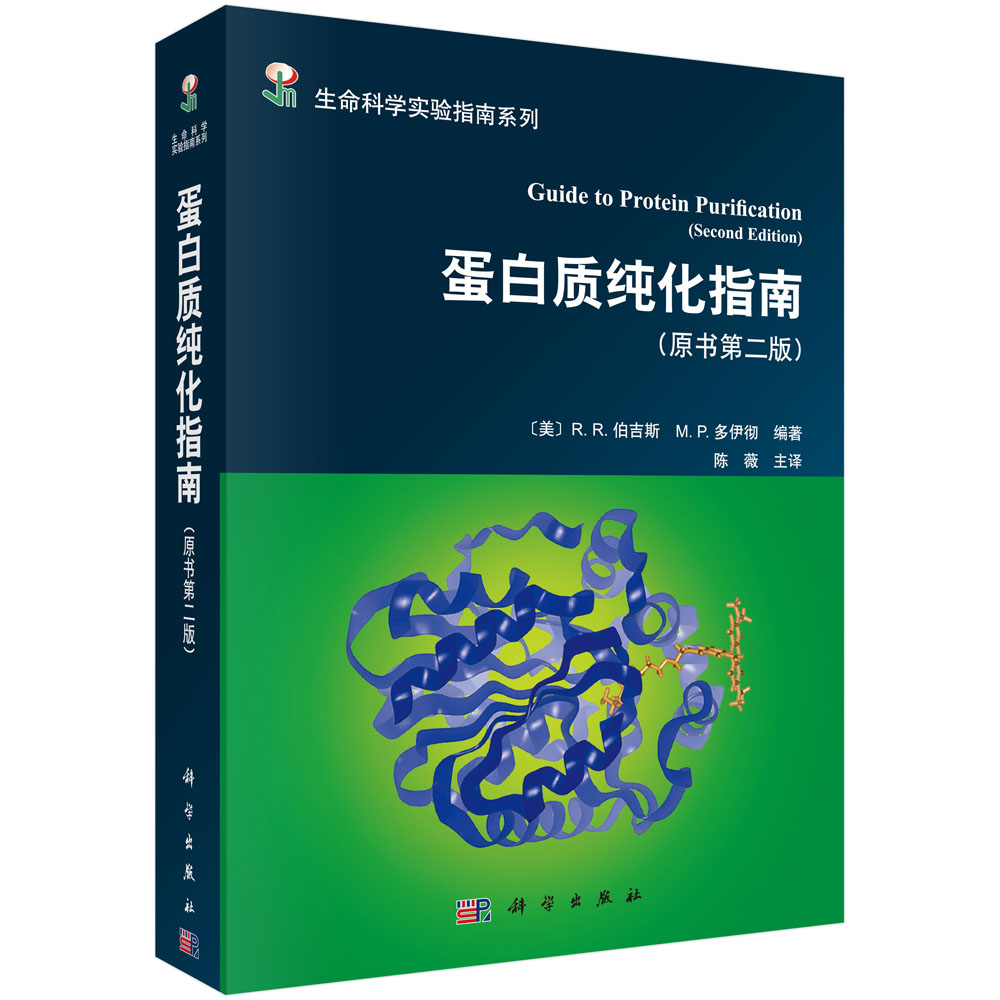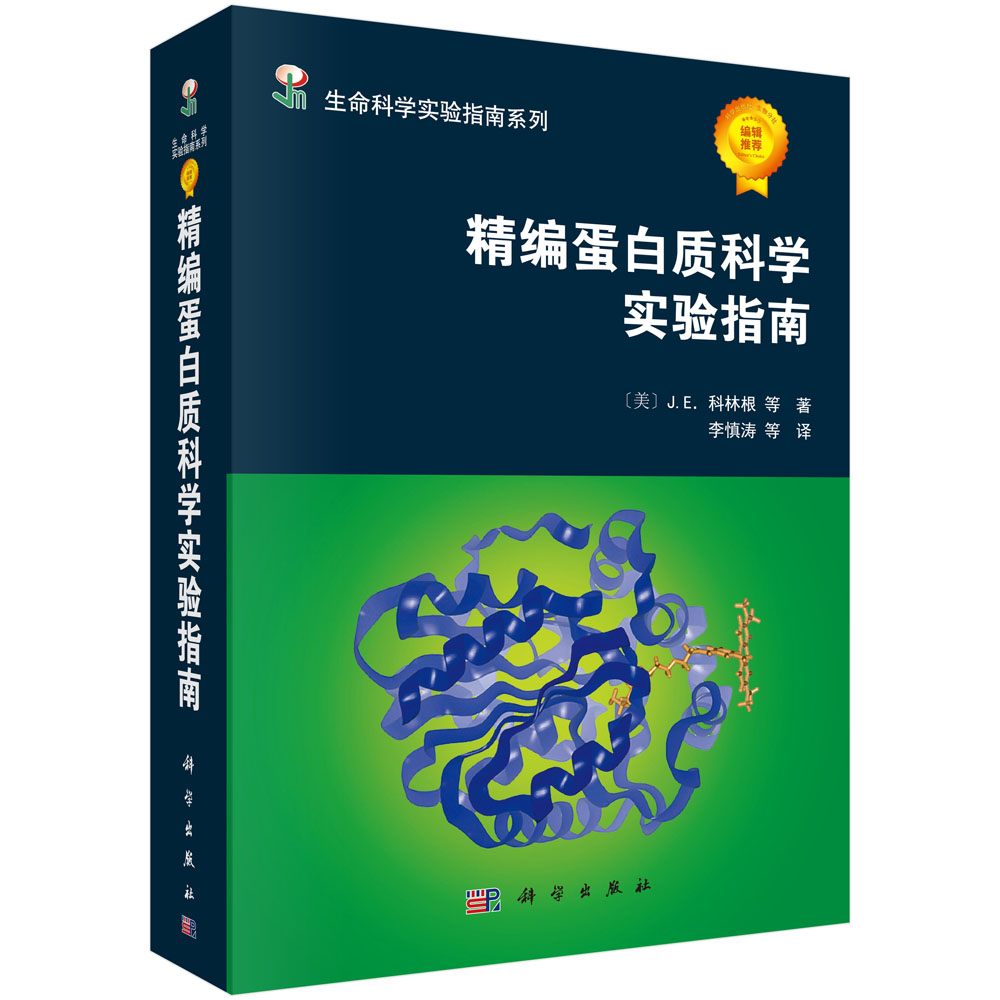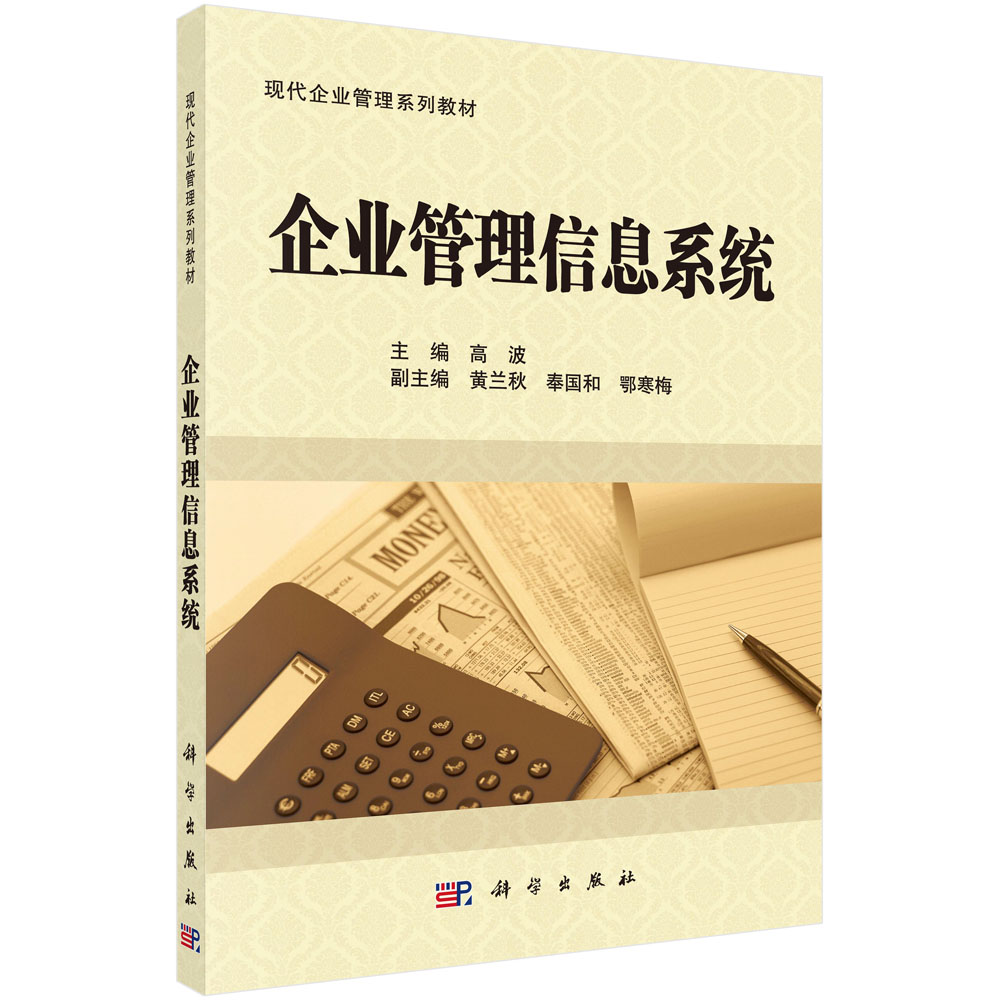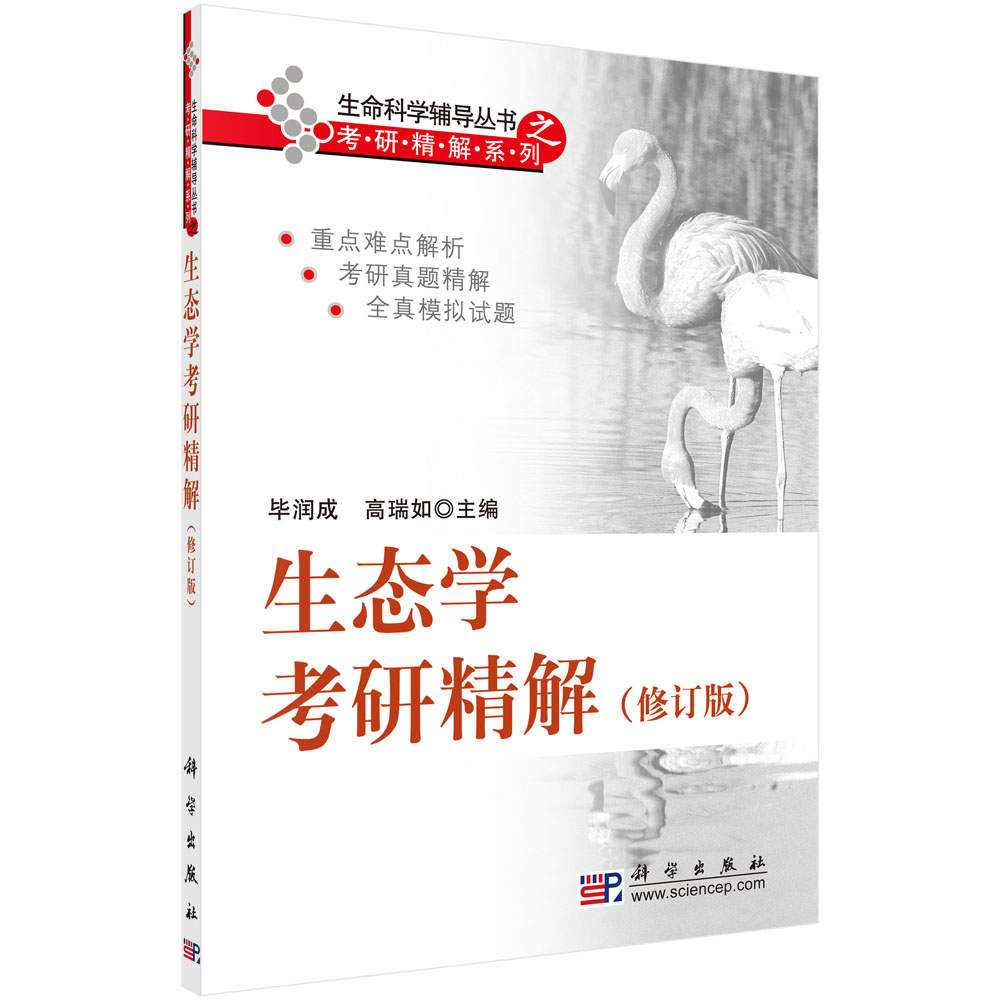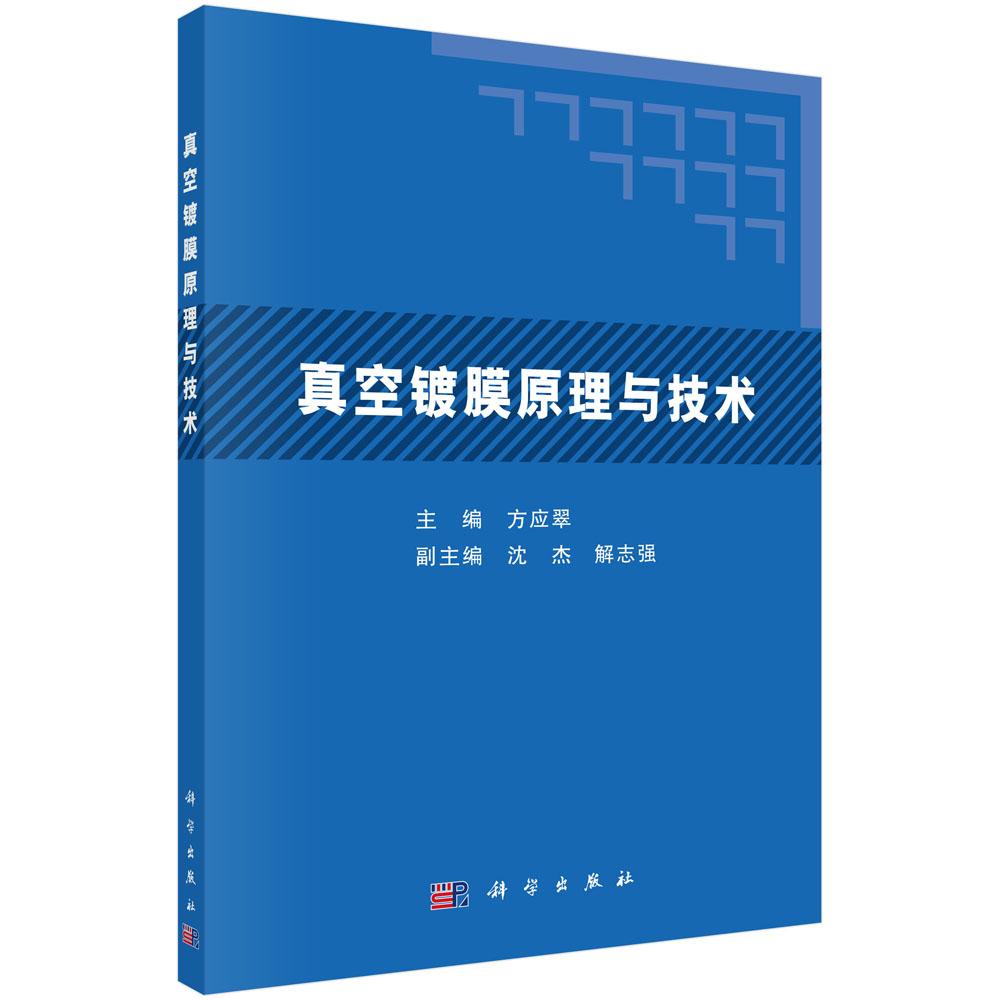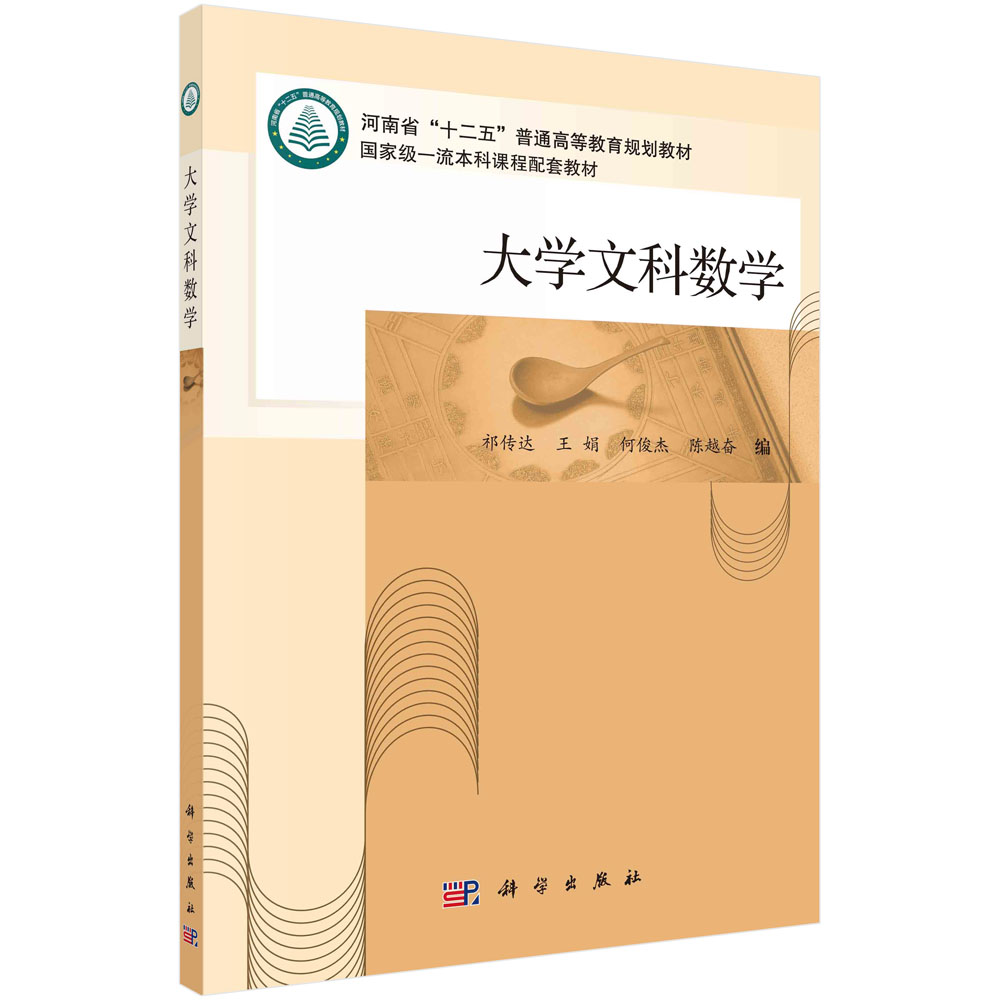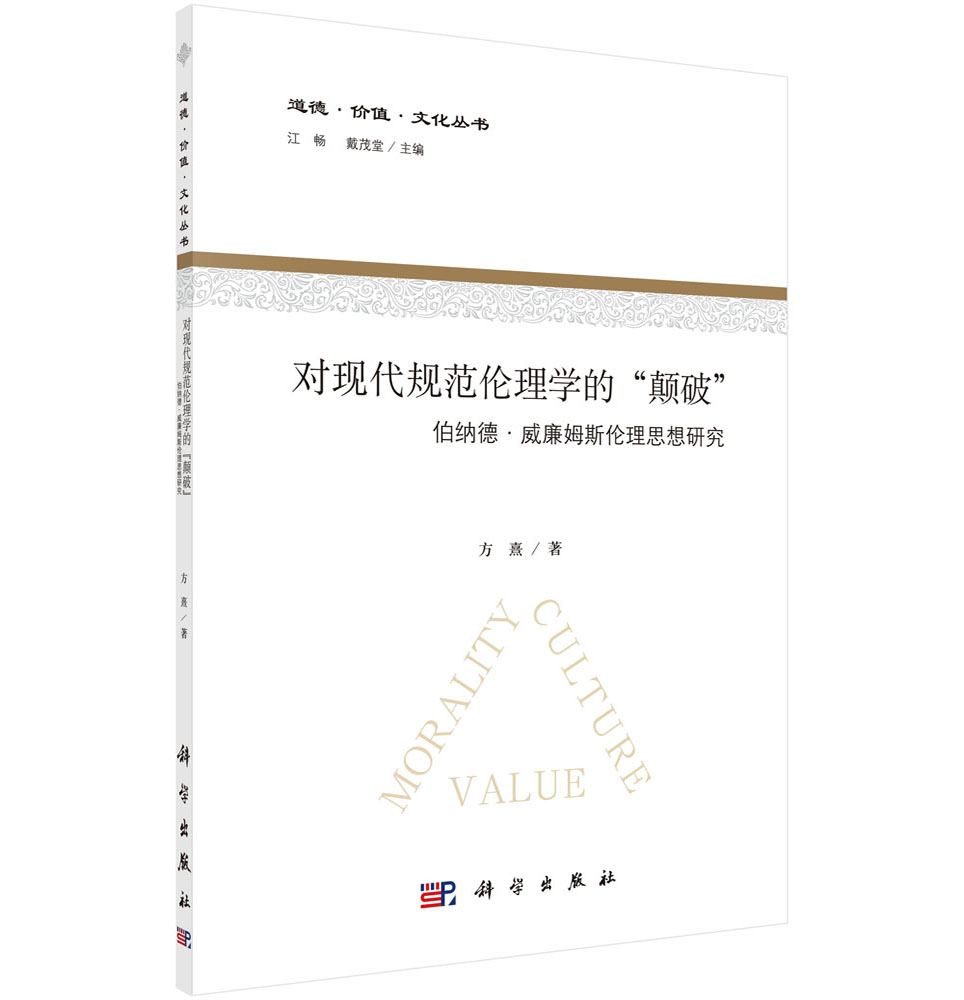本书共11章,系统论述与介绍原位改性流体化采矿这一新兴学科领域的理论、实验、技术与工程的各个方面。本书前4章介绍原位改性流体化采矿的概念与架构、演变多孔介质传输物性规律与理论模型、原位改性技术原理等核心内容。后7章详细介绍煤层气、盐矿、油页岩、放射性及有色金属矿产、天然气水合物、低变质煤、干热岩地热等广泛的地质资源与能源原位物理、化学改性的机理,相关工艺与工程实例。书中内容囊括作者及其学术团队30多年的大量研究成果,也涵盖国内外相关研究的最新进展。
样章试读
目录
- 目录
前言
第1章 引论 1
1.1 矿产资源与能源 1
1.2 原位改性流体化采矿 4
第2章 演变多孔介质传输物性规律 9
2.1 演变多孔介质分类和演变机理 9
2.2 THMC耦合作用在线试验机 13
2.2.1 固体传压岩体高温高压三轴在线试验机研制 14
2.2.2 气体传压高温高压三轴THMC耦合作用试验台研制 18
2.2.3 液体传压高温真三轴试验机研制 19
2.2.4 高温三轴-CT在线微型三轴试验机研制 19
2.3 多孔介质渗流物性方程 21
2.3.1 Darcy定律 21
2.3.2 单一裂缝渗流定律 23
2.3.3 应力与孔隙压作用下的渗流特征 24
2.3.4 三维应力下裂缝渗透系数的实验 25
2.3.5 渗透率与岩石细观结构相关规律 27
2.3.6 吸附性气体的渗流规律 29
2.4 有效应力规律 30
2.5 热力(TM)耦合作用特性 31
2.6 THMC耦合作用的矿岩特性 37
2.6.1 THM耦合作用的岩石渗透特性 37
2.6.2 气煤热解的THMC耦合作用规律 39
2.6.3 褐煤热解的THMC耦合作用规律 40
2.6.4 油页岩热解的THMC耦合作用规律 42
2.6.5 钙芒硝盐岩溶解渗透力学特性 43
第3章 矿层原位改性的技术原理 46
3.1 矿层改性逾渗理论 46
3.1.1 逾渗现象 47
3.1.2 孔隙裂隙双重介质逾渗研究方法 49
3.1.3 二维孔隙裂隙介质连通概率分析 53
3.1.4 三维孔隙裂隙介质连通概率分析 55
3.2 矿层压裂改性、卸压破裂改性原理 59
3.2.1 矿层压裂改性原理 59
3.2.2 矿层卸压破裂改性原理 61
3.3 热破裂增透改性原理 62
3.3.1 花岗岩与长石细砂岩的主要成分和显微CT细观结构 62
3.3.2 细砂岩热破裂与渗透率随温度变化特征 64
3.3.3 花岗岩热破裂与渗透率随温度变化规律 66
3.4 矿层溶解增透改性原理 67
3.5 矿层热解改性原理 70
3.5.1 油页岩热解改性原理 70
3.5.2 煤热解增透改性原理 74
3.6 煤炭地下气化、盐矿水溶开采原理 81
3.6.1 煤炭地下气化原理 81
3.6.2 盐矿水溶开采原理 83
3.7 矿层改造开采井网建造方法 84
3.7.1 压裂连通理论与技术 84
3.7.2 定向井连通建造开采井网技术 93
第4章 演变多孔介质传输理论 96
4.1 裂隙介质固流热耦合数学模型与求解 96
4.1.1 物理基础 96
4.1.2 裂隙介质固流热耦合数学模型 97
4.1.3 求解策略与计算程序设计 101
4.2 残留骨架热解开采的固流热化学耦合数学模型 102
4.2.1 气液两相混合物渗流方程 103
4.2.2 热量传输方程 104
4.2.3 岩体变形方程 105
4.2.4 残留骨架的热解改性采矿的固流热化学耦合数学模型 105
4.3 残留骨架溶浸开采的固流热化学耦合数学模型 106
4.3.1 溶解传输的颗粒模型 106
4.3.2 残留骨架溶浸开采的THMC耦合数学模型 109
4.4 无残留骨架溶浸开采的THMC耦合数学模型 110
4.5 无残留骨架气化开采的扩散-流动-传热耦合数学模型 113
第5章 煤层气原位改性开采 115
5.1 低渗透煤层原位改性强化煤层气抽采的技术原理 115
5.2 煤层的水力压裂技术 116
5.3 低渗透储层CO2压裂改性强化抽采煤层气 118
5.4 低渗透储层水力割缝改性强化抽采煤层气 122
5.4.1 水力割缝抽采煤层气的数值分析 123
5.4.2 水力割缝成套装备的研制 126
5.4.3 水力割缝强化本煤层煤层气抽采的工业应用 127
5.5 低渗透煤层注热改性强化煤层气开采 129
5.5.1 温度作用下煤层气吸附-解吸特性的实验研究 129
5.5.2 低渗透煤层注热改性开采煤层气的技术与工艺 132
5.5.3 注热开采煤层气的技术经济分析 135
第6章 盐类矿床原位溶浸开采与油气储库建造 137
6.1 单井对流溶浸改性开采技术 138
6.2 双井对接连通溶浸改性开采技术 141
6.3 单井水平后退式溶浸开采技术 142
6.3.1 正循环溶浸时注水量的影响分析 144
6.3.2 溶浸过程中腔体形状、流场、浓度场及温度场变化 148
6.4 易溶硫酸钠矿床群井致裂控制水溶开采技术与工程 150
6.4.1 群井致裂技术 151
6.4.2 运城盐湖深层硫酸钠矿床 153
6.4.3 矿层控制水压致裂 155
6.4.4 S井网群井致裂控制水溶开采工业实施 157
6.4.5 易溶盐矿群井控制水溶开采实施技术 160
6.5 难溶钙芒硝矿床压力溶浸控制水溶开采技术与工程 161
6.5.1 四川彭山同庆南风公司钙芒硝矿床地质特征 161
6.5.2 工业试验技术方案 164
6.5.3 群井致裂与溶采试验 165
6.5.4 钙芒硝矿原位水溶开采小规模工业应用 167
6.6 盐岩溶腔油气储库建造技术及理论基础 167
第7章 油页岩原位热解改性开采 172
7.1 油页岩热解机理 174
7.2 油页岩地下原位传导加热开采技术 177
7.3 油页岩原位注蒸汽开采技术研究 183
7.3.1 MTI技术 183
7.3.2 大块油页岩水蒸气热解试验研究 186
7.3.3 油页岩原位注蒸汽开采的数值模拟 191
7.4 大尺度油页岩试样水蒸气热解中试研究 197
7.4.1 试验系统 197
7.4.2 试验方案及试验过程描述 198
7.4.3 热解过程中温度场分布及变化特征 199
7.4.4 热解过程孔隙压力变化特征 201
7.4.5 油页岩热解过程热破裂声发射检测与破裂特征 203
7.4.6 油页岩热解过程中变形特征 204
7.4.7 油页岩热解过程热能利用和余热分析 205
7.4.8 蒸汽热解开采区油页岩特征及回采率分析 207
7.4.9 原位注水蒸气热解开采的产物分析 209
7.5 新疆博格达山油页岩原位注蒸汽开采的示范工程方案 210
7.5.1 设计方案 211
7.5.2 锅炉主要设计性能参数 211
7.5.3 开发矿层条件及井网布置 212
7.5.4 低温余热发电系统 213
7.5.5 主要技术经济指标 214
7.6 油页岩原位气体加热技术 216
7.6.1 雪弗龙公司(Chevron)的CRUSH技术 216
7.6.2 美国页岩油公司(AMOS)的EGL技术 216
7.6.3 美国地球探测公司(Petroprobe)的空气加热技术 217
7.6.4 西山能源公司(MWE)的IVE技术 218
7.7 油页岩原位辐射和燃烧加热干馏技术 219
7.7.1 辐射加热技术 219
7.7.2 燃烧干馏技术 220
第8章 放射性及有色金属矿产原位改性开采 222
8.1 铀矿原位改性开采 222
8.1.1 铀矿的资源特征 222
8.1.2 铀矿原位改性溶浸开采中的化学反应 223
8.1.3 铀矿原位改性溶浸开采工艺 223
8.2 铜的原位改性开采 226
8.2.1 铜矿的资源特征 226
8.2.2 铜矿原位改性开采中的化学过程 227
8.2.3 铜矿原位改性流体化开采工艺 230
8.3 金矿的原位改性流体化开采 233
8.3.1 中国金矿的资源特征 233
8.3.2 金矿溶解化学反应 234
8.3.3 金矿钻孔地浸法 234
第9章 天然气水合物原位改性开采 237
9.1 概述 237
9.1.1 天然气水合物 237
9.1.2 全球资源分布 238
9.1.3 中国的天然气水合物藏分布及特征 240
9.2 开采方法 241
9.2.1 天然气水合物储藏方式及开采方法 242
9.2.2 天然气开采研究现状 244
9.3 多孔介质水合物的结构特征CT实验研究 246
9.3.1 多孔介质水合物结构CT实验 246
9.3.2 多孔介质水合物结构特征 248
9.4 多孔介质水合物分解过程多孔骨架的变形特征 250
9.4.1 粒径1.18~2.8mm多孔介质水合物的分解 250
9.4.2 粒径2.8~4.75mm多孔介质水合物的分解 251
9.4.3 粒径0.85~1.18mm多孔介质水合物的分解 252
9.4.4 水合物分解引起的变形 252
9.5 多孔介质水合物原位分解温度场分布实验 254
9.5.1 材料与实验仪器 255
9.5.2 甲烷水合物的形成 256
9.5.3 水合物减压分解过程中的温度变化 256
第10章 低变质煤原位注热脱水提质改性开采 262
10.1 褐煤原位注蒸汽开采油气与提质改性技术 263
10.2 褐煤热解孔隙结构演变规律 266
10.2.1 孔隙率的热解演变特征 266
10.2.2 孔隙比表面积随热解温度的变化规律 267
10.2.3 褐煤热解渗透率演变规律 268
10.2.4 三轴应力下褐煤变形特性随温度变化规律 269
10.3 褐煤高温蒸汽热解实验研究 272
10.3.1 高温蒸汽热解产气量分析 272
10.3.2 热解产气组分随温度的变化分析 274
10.3.3 高温蒸汽热解产气热值分析 276
10.3.4 褐煤高温蒸汽热解残留固体基本性质分析 277
10.4 褐煤煤层高温蒸汽压裂-热解数值模拟 281
10.4.1 褐煤煤层高温蒸汽压裂-热解THMC耦合数学模型 281
10.4.2 温度场分布规律 281
10.4.3 渗流场动态变化规律 284
10.5 褐煤原位注水蒸气脱水提质改性的工业方案分析 286
10.5.1 工艺设计基本参数 286
10.5.2 方案设计计算 287
10.5.3 生产能力核定与效益分析 288
10.5.4 与井工开采比较分析 290
第11章 干热岩地热开采 291
11.1 干热岩地热资源 291
11.1.1 世界干热岩地热资源 292
11.1.2 中国干热岩地热资源及优先开发选区 292
11.2 干热岩地热开发基础研究新进展 293
11.2.1 高温高压下钻孔围岩变形规律 294
11.2.2 高温高压下破岩方式研究 299
11.2.3 干热岩地热开发人工热储建造基础研究 304
11.3 干热岩地热开采系统与增强型地热系统(EGS) 309
11.3.1 水平井分段压裂人工热储HDR地热开采系统 310
11.3.2 人工储留层建造 316
11.4 断层模式(FM)干热岩地热开发技术 321
11.4.1 干热岩地热开发技术争论 321
11.4.2 西藏羊八井干热岩地热资源 323
11.4.3 羊八井地热田现今构造地应力场特征 325
11.4.4 断层模式羊八井深部干热岩地热开采技术方案 327
11.5 干热岩地热开发工程的国际新进展 331
11.5.1 法国EGS地热开发 331
11.5.2 美国沙漠峰干热岩地热开发 333
11.5.3 冰岛近岩浆层地热开发 334
参考文献 336
索引 373
Contents
Preface
Chapter 1 Introduction
1.1 Mineral resources and energy
1.2 In-situ modification mining by fluidization
Chapter 2 Constitute law of transport in evolving porous media
2.1 Classification and evolution mechanism of evolving porous media
2.2 THMC coupling online-testing machine
2.3 Constitute law of seepage in porous media
2.4 Effective stress law
2.5 Thermo-mechanical (TM) coupling properties
2.6 Evolution of ore mass properties coupled by THMC effect
Chapter 3 Technical principles of in-situ modification to ore-stratum
3.1 Percolation theory of modification to ore-stratum
3.2 Principle of modification to ore-stratum by stress-releasing and hyrofracturing
3.3 Principle of modification to ore-stratum by thermal cracking
3.4 Principle of modification to ore-stratum by dissolution
3.5 Principle of modification to ore-stratum by pyrolysis
3.6 Underground coal gasification and salt-ore dissolution mining
3.7 Method of constructing borehole net for modification mining
Chapter 4 Theory of transport in evolving porous media
4.1 THM coupled mathematical model of fracture medium and solution method
4.2 THMC coupled mathematical model of residual skeleton induced by pyrolysis mining
4.3 THMC coupled mathematical model of residual skeleton induced by leaching mining
4.4 THMC coupled mathematical model of non-residual skeleton induced by leaching mining
4.5 Flow-heat and mass transfer coupled mathematical model of non-residual skeleton induced by gasification mining
Chapter 5 In-situ modification mining of coalbed methane
5.1 Technical principle of in-situ modification to enhancing coalbed methane recovery in low permeability reservoir
5.2 Hydraulic fracturing technology in coalbed
5.3 Enhancing coalbed methane recovery in low permeability reservoir by CO2-driven hydrofracturing
5.4 Enhancing coalbed methane recovery in low permeability reservoir by hydraulic slotting
5.5 Enhancing coalbed methane recovery in low permeability reservoir by heating injection
Chapter 6 In-situ leaching mining of salt-ore deposit and construction of oil & gas storage cavern
6.1 Single-well convection leaching mining technology
6.2 Double wells convection leaching mining technology
6.3 Single vertical and one horizontal well retreating leaching mining technology
6.4 Technology and engineering of in-situ leaching mining soluble sodium sulfate deposits by multi-well hydrofracturing
6.5 Technology and engineering of in-situ pressed leaching mining sparingly soluble glauberite deposit
6.6 Theory and technology of constructing oil & gas storage cavern in dissolved rock salt deposit
Chapter 7 Oil shale mining by in situ pyrolyzed modification
7.1 Mechanism of oil shale pyrolysis
7.2 Oil shale mining by in-situ conductive heating
7.3 Oil shale mining by in-situ steam injection to convective heating
7.4 Pilot study of large scale oil shale sample pyrolysis by steam injection
7.5 Demonstration project plan of bogurda mountain oil shale mining by in-situ steam injection in Xinjiang
7.6 Oil shale mining by in-situ gas injection to convective heating
7.7 Oil shale mining by in situ radiation heating and combustion
Chapter 8 Radioactive resources and nonferrous metal minerals in-situ modification mining
8.1 Uranium in-situ modification mining
8.2 Copper in situ modification mining
8.3 Gold in-situ modification mining
Chapter 9 Natural gas hydrate in situ modification mining
9.1 Introduction
9.2 Mining methods
9.3 Structure characteristics of porous medium hydrates observed by CT technology
9.4 Deformation of porous medium hydrate skeleton during decomposition
9.5 Temperature distribution of porous medium hydrates decomposition
Chapter 10 Dehydration, upgrading and mining of low-metamorphic coal by in-situ heating injection
10.1 Technology of dehydration and upgrading of lignite and oil & gas mining from lignite by in situ steam injection
10.2 Evolution of pore structure in pyrolyzed lignite
10.3 Experiments of lignite pyrolysis in high temperature steam
10.4 Numerical simulation of steam-driven fracturing and pyrolysis in lignite coalbed
10.5 Industrial plan to dehydrating, upgrading and mining of lignite by in-situ steam injection
Chapter 11 HDR geothermal energy mining
11.1 Introduction to HDR geothermal resources
11.2 Recent advance on fundamental study of HDR geothermal energy mining
11.3 HDR geothermal system and enhanced geothermal systems (EGS)
11.4 Fault-mode geothermal system (FGS) of mining HDR geothermal energy
11.5 International new progress of HDR geothermal exploitation engineering
References
Index
